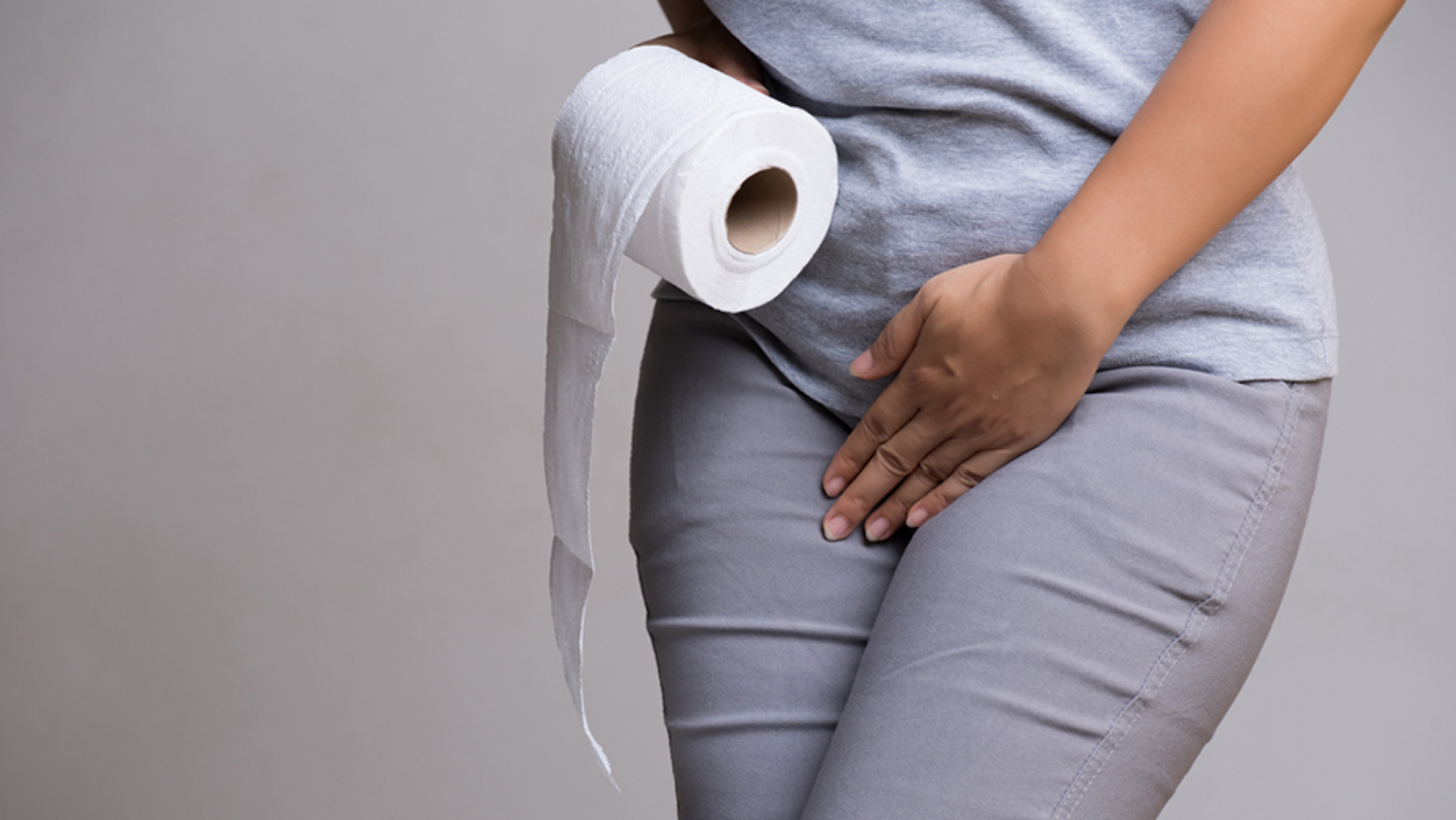Category
Stress incontinence is a common and often distressing condition that affects many individuals, predominantly women.

Have any questions?
If you have any questions, feel free to contact us at [email protected]. A member of our support team will help you shortly.
Share this blog
Fatigue
Energy
Stress
Sleep
Stress incontinence is a common and often distressing condition that affects many individuals, predominantly women. It occurs when physical activities, such as coughing, sneezing, laughing, or exercising, lead to unintentional urine leakage. Understanding the symptoms, identifying the underlying causes, and exploring effective management strategies are crucial for individuals experiencing stress incontinence.
The hallmark symptom of stress incontinence is the unintentional release of urine during activities that exert pressure on the bladder, such as coughing, sneezing, laughing, or lifting.
Individuals with stress incontinence may experience an increased frequency of urination. This can respond to the fear of leakage during certain activities, leading to more frequent trips to the bathroom.
Some individuals with stress incontinence may also experience sudden urges to urinate, even when the bladder is not complete. This can contribute to difficulties in managing bladder control.
Stress incontinence can lead to difficulty fully emptying the bladder during urination. This may result in a feeling of incomplete emptying and the need to return to the bathroom shortly after voiding.
Beyond the physical symptoms, stress incontinence can significantly impact an individual's quality of life. It may lead to embarrassment, social withdrawal, and reluctance to engage in physical activities.
The pelvic floor muscles are crucial in supporting the bladder and maintaining continence. Weakness in these muscles, often due to factors such as pregnancy, childbirth, or ageing, can contribute to stress incontinence.
Pregnancy and childbirth can strain and stretch the pelvic floor muscles, leading to stress incontinence. The hormonal changes during pregnancy can also impact bladder control.
The hormonal changes associated with menopause can lead to a decrease in the elasticity and support of the pelvic floor tissues, contributing to stress incontinence.
Excess body weight places additional pressure on the pelvic floor muscles and the bladder, increasing the risk of stress incontinence.
Conditions that cause chronic coughing, such as chronic bronchitis or smoking, can contribute to stress incontinence by putting repeated strain on the pelvic floor.
Surgical procedures, especially those involving the pelvic area, can impact the integrity of the pelvic floor muscles and contribute to stress incontinence.
Pelvic floor exercises, known as Kegels, are a cornerstone of stress incontinence management. These exercises involve contracting and relaxing the pelvic floor muscles to strengthen and improve their tone.
Bladder training involves gradually increasing the time between bathroom visits to improve bladder control. This approach helps retrain the bladder to hold urine for more extended periods.
Implementing lifestyle changes, such as maintaining a healthy weight through diet and exercise, can reduce the pressure on the pelvic floor and alleviate stress incontinence symptoms.
Developing behavioral strategies, such as consciously contracting the pelvic floor muscles before coughing or sneezing, can help prevent urine leakage during activities that trigger stress incontinence.
Regulating fluid intake, especially before bedtime, can help manage stress incontinence. Limiting caffeine and alcohol intake, which can irritate the bladder, may also be beneficial.
A pessary is a device inserted into the vagina to support the bladder and reduce stress incontinence symptoms. It is a non-surgical option that a healthcare professional can fit.
Electrical stimulation of the pelvic floor muscles may be recommended to improve muscle strength and coordination. This is typically performed under the guidance of a physical therapist.
Medications, such as alpha-adrenergic agonists or topical estrogen therapy, may be prescribed in some cases to improve bladder control and reduce stress incontinence symptoms.
In cases where conservative treatments are not effective, surgical options may be considered. Procedures such as sling placement or bladder neck suspension aim to provide additional support to the bladder.
Biofeedback involves electronic monitoring to give individuals real-time information about their pelvic floor muscle activity. This technique can help improve awareness and control of these muscles.
Stress incontinence can significantly impact an individual's daily life, affecting physical and emotional well-being. By recognizing the symptoms and understanding the underlying causes, individuals can take proactive steps to manage and alleviate stress incontinence. Pelvic floor exercises, lifestyle modifications, and behavioral strategies form the foundation of non-invasive management approaches. Seeking guidance from healthcare professionals ensures a comprehensive and personalized treatment plan tailored to the individual's needs. With the right strategies and support, individuals can regain control over their bladder function and improve their overall quality of life.